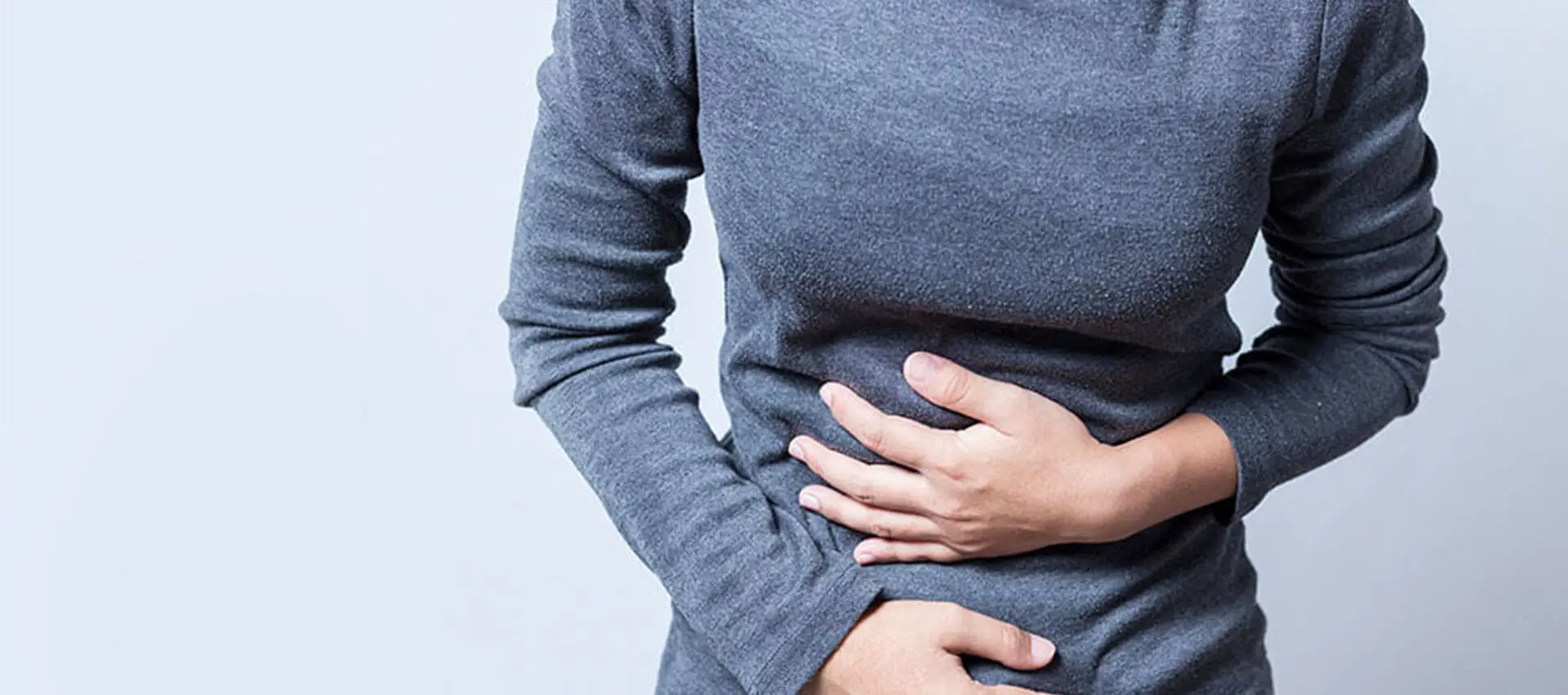- Premenstrual syndrome (PMS)
- Amenorrhea
- Dysmenorrhea
- Menorrhagia
- Treatments
- Premenstrual syndrome (PMS)
- In PMS, during your menstruation cycle, unpleasant and uncomfortable symptoms may temporarily disturb normal functioning. The degree of symptoms can vary in individual and may last from a few hours to many days.
- Psychological symptoms (depression, anxiety, irritability)
- Gastrointestinal symptoms (bloating)
- Swelling of fingers, hands, feets)
- Acne problems
- Headache,fainting
- Muscle spasms
- Heart palpitations
- Allergies, infections
- Change in visions
- Decreased coordination
- Diminished sex drive
- Changes in appetite
- Exercising 3 to 5 times each week
- Eating a well-balanced diet
- Adequate sleep and rest
- Amenorrhea: an individual experiences the absence of menstrual periods for more than three monthly menstrual cycles.
- Primary amenorrhea- menstruation does not begin at puberty.
- Secondary amenorrhea- normal and regular menstrual periods that become increasingly abnormal and irregular or absent.
- Obesity
- Anatomical abnormality
- Ovulation abnormality
- Eating disorder
- Excessive or strenuous exercise
- Birth defect or other medical condition
- Uterine fibroids
- Pregnancy loss
- Ectopic pregnancy
- Infection, tumors ,or polyps in the pelvic cavity
- Pelvic inflammatory disease (PID)
- Smokers
- Consume excessive alcohol during their period
- Women who started menstruating before the age 11
- Lower abdomen pain or cramps
- Low back pain
- Nausea
- Vomiting
- Diarrhea
- Fatigue
- Fainting
- headaches
- Polymenorrhagia: too frequent menstruation
- Oligomenorrhea: infrequent or light menstrual cycles
- Metrorrhagia: any irregular, non-menstrual bleeding as in bleeding occurs between menstrual periods.
- postmenopausal bleeding: any bleeding that occurs more than one year after the last normal menstrual period at menopause.
- Hormonal imbalance
- Pelvic inflammatory disease
- Uterine fibroids
- Abnormal pregnancy
- Intrauterine devices (IUDs)
- Bleeding or platelet disorders
- High levels of prostaglandins
- High level of endothelins
- Liver,kidney or thyroid disease
- When a woman has soaked through enough sanitary napkins or tampons to require changing every hour, and/or a menstrual period lasts longer than 7days in duration.
- Other common symptoms- spotting or bleeding between menstrual periods, or spotting or bleeding during pregnancy.
- Blood tests (to check thyroid, check for anemia, how the blood clots)
- Pap test (to look for early changes in cells that can lead to cervical cancer)
- Ultrasound (to check the functions of blood vessels,tissues and organs)
- Endometrial biopsy (to check uterine tissue for cancer or abnormalities)
- Laparoscopy (to detect abnormal growth into the pelvic and abdomen area)
- Hysteroscopy (to check for polyps,fibroids or other problems)
- Dilation and curettage(D&C)- the lining of the uterus is scraped with a curette and examined under sedation during this test. This test can also treat the cause of the bleeding)
- Ibuprofen to reduce pain and amount of bleeding
- Birth control to make periods more regular and reduce bleeding
- Intrauterine contraception(IUD)
- Antifibrinolytic medicines to reduce bleeding
Although an individual may experience symptoms differently, the most common symptom can include any of the following:
To eliminate or reduce the severity of symptoms, simple modifications in lifestyle can help you by including:
Types-
Amenorrhea can occur during pregnancy,breastfeeding or menopause. Or it may occur as result of medications or a medical problem including:
Dysmenorrhea: a severe and frequent menstrual cramps and pain associated with menstruation characterizes dysmenorrhea in an individual.
Women with primary dysmenorrhea experience abnormal uterine contractions that result from a chemical substance in the body. Where secondary dysmenorrhea is caused by other medical conditions, most often endometriosis.
Other causes may include:
Women at increased risks (can develop dysmenorrhea) include:
Dysmenorrhea symptoms
The most common symptoms may include:
Menorrhagia - heavy and prolonged menstrual bleeding characterizes menorrhagia. In some cases, daily activities are disrupted due to severe bleeding.
Other types of menorrhagia conditions include:
Menorrhagia causes:
There may several possible causes include:
Symptoms-
Diagnosis-
Diagnostic procedure may include:
Treatment-
Your medical history,health age ,how serious the bleeding is,decides the treatment for menorrhagia.
Common treatments include:


